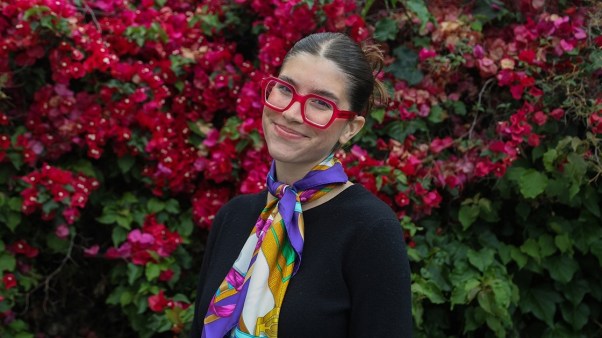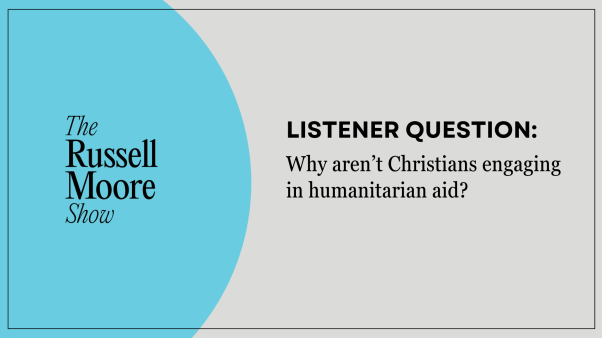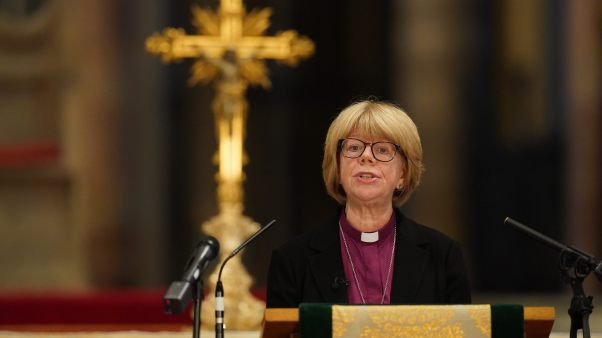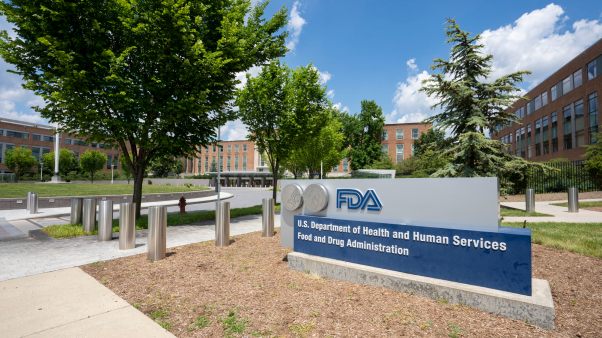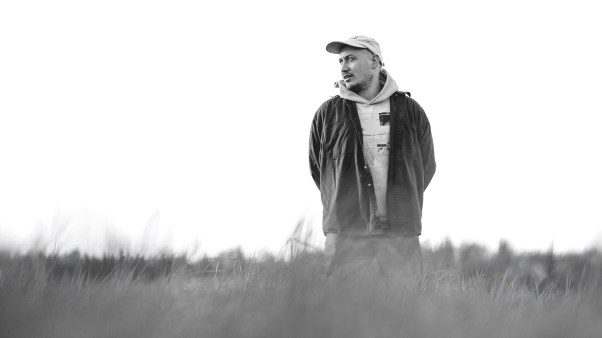As we read the Old Testament it is easy to imagine ourselves awed by the great temple of Solomon and the tabernacle that proceeded it—God's dwelling place in the midst of Israel. One of the first things God commanded after the exodus from Egypt was the building of a tabernacle where God could dwell among his people as Israel made its way across the wilderness toward the Promised Land. Centuries later, Solomon would replace the tabernacle with the more permanent, stunningly beautiful temple.
In the final chapters of Exodus we read about the building of the tabernacle with its magnificent architecture, courtyards, lamp stands, adornments of jewels and precious metals, and beautiful woven curtains. God specified every detail of what must have been a truly majestic structure filled with works of art, craftsmanship, and beauty. Moses personally oversaw its construction.
But we rarely think about these places as slaughterhouses. Their overriding purpose was to be a place of carnage where animals were brutally and graphically sacrificed—thousands upon thousands of them, day after day and year after year.
If he presents a sheep as his offering, he must present it before the Lord. He must lay his hand on the head of his offering and slaughter it before the Meeting Tent, and the sons of Aaron must splash its blood against the altar's sides. Then he must present a gift to the Lord from the peace offering sacrifice: He must remove all the fatty tail up to the end of the spine, the fat covering the entrails, and all the fat on the entrails, the two kidneys with the fat on their sinews, and the protruding lobe on the liver (which he is to remove along with the kidneys). Then the priest must offer it up in smoke on the altar as a food gift to the Lord. (Lev. 3:7-11, NET)
This gruesome ritual was repeated daily for centuries on an unimaginable scale. When Solomon first dedicated the temple, he and the people of Israel sacrificed 22,000 cattle and 120,000 sheep and goats in one continuous dedication ceremony.
Why, God?
Try to imagine this happening every Sunday at your church, at all four services. Picture your pastor arm-deep in viscera, ripping out kidneys, livers, and fat and then splashing blood all over the front of your church. Smell the stench from the burning flesh and feel the repugnance of the constant slaughter. This was the grisly horror of Old Testament worship. But why? Why would God require this?
Picture your pastor arm deep in viscera, ripping out kidneys, livers and fat and then splashing blood all over the front of your church.
I have struggled with this ever since I first became a believer. I now believe that God, in the most graphic way, was trying to illustrate to his people the severity and the offense to him of the sin of mankind and the corruption of his spectacular creation. He created a magnificent universe of unimaginable vastness and beauty with galaxies, planets, and stars. He created the earth and everything in it. Flowers, trees, and every kind of seed-bearing plant—the animal kingdom with everything from whales to hummingbirds to insects.
And all of this had been prepared for his most special creation of all: us. Imagine our loving God preparing all of this for us and being so eager to share it with us. Imagine his joy in placing Adam and Eve in the Garden. And then the heartbreak when our response was to disobey him, reject him, and instead follow the advice of the serpent. This was our response to his lavish goodness.
There was no alternative for a just God. His own standard of justice required that sin must be punished—actions must have consequences. That justice, unless restrained, would have required the destruction of the human race. But God is a God of love and so he found a different way.
He instructed his people to create a truly magnificent tabernacle, perhaps as a symbol of his own wonderful creation, and then he instructed them to fill it with death.
He would turn his wrath away from them, yes. But he would show them the bloody consequences of sin in the most graphic way. He would set aside a people and put blood sacrifice at the center of their daily lives, showing them that their sin must be atoned through blood. The slaughterhouse would be his way of communicating the severity of human sin and the requirement for atonement. Hundreds of thousands of animals would shed their blood in a symbolism that was hard to miss.
What Next?
Then, after more than 1,000 years of bloody ritual in the tabernacle and the temple, God said, "Enough slaughter!" Instead, he turned his wrath to his own son: the Lamb of God who would finally take away the sin of the world. Blood, suffering, and death to the innocent Son of God. Once and for all, the slaughter would stop, the price finally paid.
We are told that at the moment of Christ's death, the temple curtain, which shielded the most holy place—the Mercy Seat—was torn in two. This was the curtain behind which the high priest, only on the Day of Atonement, would perform the blood sacrifice for the sins of Israel. Jesus became the sacrifice—the Lamb of God without blemish. Now the sins of mankind would no longer require blood sacrifices through a priest. When Jesus cried out on the cross, "It is finished," the slaughterhouse was no longer necessary. The temple was destroyed in A.D. 70 by a Roman army and was never rebuilt.
For you know that it was not with perishable things such as silver or gold that you were redeemed from the empty way of life handed down to you from your ancestors, but with the precious blood of Christ, a lamb without blemish or defect. He was chosen before the creation of the world, but was revealed in these last times for your sake. (1 Pet. 1:18-20, NIV)
So when you go to worship God this Sunday in the pleasant surroundings of your home church, remember the slaughterhouse and the price that has been paid for you. Jesus, the Lamb of God, took sin and evil upon himself and removed the separation between God and man once and forevermore.
The celebration of Communion harkens back to those animal sacrifices but for us, the body and blood of Christ has replaced all of the carnage. The doors of the kingdom of heaven have been thrown open and we have been invited in. In Christ, men and women are reunited with God's great love for life everlasting.
Richard Stearns is the president of World Vision U.S. and author of Unfinished: Filling the Hole in Our Gospel.


